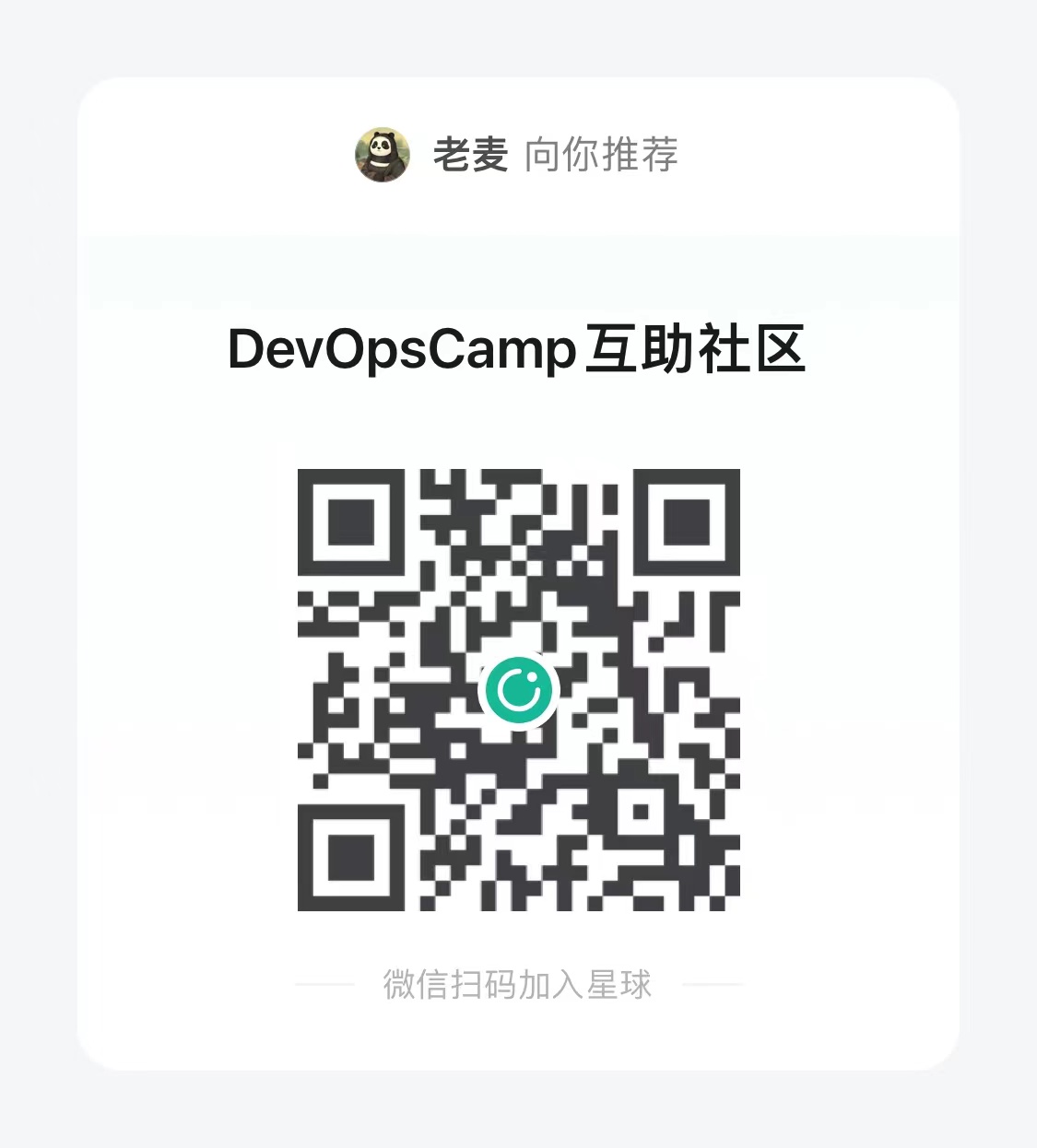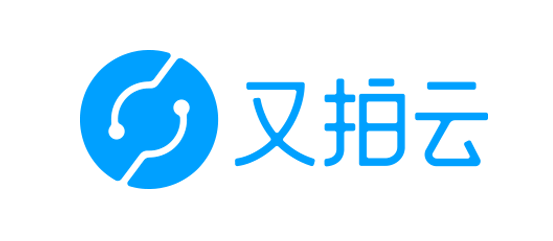重建被删除的 Pod
代码在:
https://github.com/tangx/kubebuilder-zero-to-one
之前遗留了一个问题, 直接用命令行删除的 Pod 不能被重建。 这次就来解决它。
首先来整理之前遗留的问题故障点在哪里?
- 使用命令
kubectl delete 直接删除 pod 的时候, redis.Finalizers 不会变更, 依旧包含被删除的 pod.Name。 - 在创建 Pod 的时候, 判断 Pod 是否存在使用的是
redis.Finalizers 提供信息, 而 没有判断 k8s 中真实的情况。 - 没有机制 通知
redis operator 进行检测或重建。
因此全新流程如下
- Pod 状态变化:
kubectl delete 删除 Pod - Redis 重新调谐: 通知 Redis operator 变化, 重新启动 调谐(Reconcile)
- 创建 Pod 的逻辑如下
- 如果 Pod 在 k8s 中存在, 则跳过。 (为了降低复杂性, 不考虑直接改变 redis.finalizers 的情况)
- 如果 Pod 不存在, 创建 Pod。 是否更新
redis.Finaliers, 取决于 Pod 是 新建 或者 重建。- 新建 如果
pod.Name 不存在, 则 append 到末尾。 这点保持不变。 - 重建 如果
pod.Name 存在其中, 则跳过。
1. 通知 Redis Operator 变化
上一章中已经提到了, redis operator 可以订阅 k8s 事件, /controllers/redis_controller.go 代码如下
代码中订阅了 Pod 事件。 当 Pod 发生 删除事件 后, 回调 r.podDeleteHandler 进行处理。
1
2
3
4
5
6
7
8
9
10
11
12
13
14
15
| // SetupWithManager sets up the controller with the Manager.
func (r *RedisReconciler) SetupWithManager(mgr ctrl.Manager) error {
return ctrl.NewControllerManagedBy(mgr).
For(&myappv1.Redis{}).
// 监听 pod 事件
Watches(
&source.Kind{
Type: &corev1.Pod{},
},
handler.Funcs{
DeleteFunc: r.podDeleteHandler,
},
)
Complete(r)
}
|
在回调函数 r.podDeleteHanlder 中, 就需要实现通知的前置条件, 找到需要通知的 redis operator 对象。
至于如何通知, kubebuilder 已经给我们封装好了, 不用过多考虑。
要实现 redis operator 的通知, 其 关键信息 在于 OwnerReferences。
在
官方博文 - 使用 finalizers 控制删除行为
提到过 父子资源 之间可以通过 OwnerReference 进行关联形成关系树, 有利于资源的控制、跟踪、管理和回收。
在这里可以简单的认为, redis operator 在创建 子 pod 的时候, 使用 OwnerReference 注入了一些自身相关的有效性信息。
这部分的代码实现, 可以查看
07.1 使用 OwnerReference 关系删除 Pod 对象
1
2
3
4
5
6
7
8
9
10
11
12
13
14
15
16
17
18
19
20
21
22
23
|
func (r *RedisReconciler) podDeleteHandler(e event.DeleteEvent, q workqueue.RateLimitingInterface) {
ns := e.Object.GetNamespace()
for _, owner := range e.Object.GetOwnerReferences() {
// 非法 owner 不引起调谐
if owner.APIVersion != "myapp.tangx.in/v1" || owner.Kind != "Redis" {
continue
}
// 入队, 通知 redis operator 变更, 进行重新 调谐。
q.Add(
reconcile.Request{
NamespacedName: types.NamespacedName{
Namespace: ns,
Name: owner.Name,
},
},
)
}
}
|
上述 handler 代码中,在删除事件 e 发生时
- 通过
e.Object.GetNamespace() 获取到被删除的 Pod 所在的 namespace。- redis operator 和 pod 是在同一个 namespace 下。
- 通过
e.Object.GetOwnerReferences() 获取到与 Pod 所有相关的 父资源 对象。 - 循环便利所有 Owners, 获得 owner 资源名称
- 将 owner 的 namespace 和 name 包装一下, 成为
reconcile.Request 对象 - 将新包装的对象加入到
q workqueue.RateLimitingInterface 队列中。
- 之后一切交给 k8s 完成。
不论处于性能还是安全考虑, 都应该增加如下代码。 非本 Operator 创建的 Pod 资源的生命周期行为应该被忽略。
1
2
3
4
| // 非法 owner 不引起调谐
if owner.APIVersion != "myapp.tangx.in/v1" || owner.Kind != "Redis" {
continue
}
|
否则任何 Pod 的删除都将引起 redis operator 的 Reconcile 行为。
2. Pod 创建流程的变化
2.1 OwnerReference 支持
上一节已经提到了, 实现通知的前提是依赖 OwnerReference。
在 /controllers/helper/redis_helper.go 创建 pod 对象明细的相关代码中加入相关代码。
1
2
3
4
5
6
7
8
9
10
11
12
13
14
15
16
17
18
19
20
21
22
23
24
25
|
func getPod2(redis *appv1.Redis, name string) *corev1.Pod {
pod := &corev1.Pod{}
pod.Name = name
pod.Namespace = redis.Namespace
// 创建 pod 时添加 OwnerReference
pod.ObjectMeta.OwnerReferences = []metav1.OwnerReference{
ownerReference(*redis),
}
// .. 省略
}
func ownerReference(config appv1.Redis) metav1.OwnerReference {
return metav1.OwnerReference{
APIVersion: config.APIVersion,
Kind: config.Kind,
Name: config.Name,
UID: config.UID,
Controller: ptrBool(true),
BlockOwnerDeletion: ptrBool(true),
}
}
|
2.2 Pod 创建流程行为变更
1
2
3
4
5
6
7
8
9
10
11
12
13
14
15
16
17
18
19
20
21
22
23
24
25
26
27
28
29
30
31
32
33
34
35
36
37
38
39
40
41
42
43
44
45
46
47
48
49
50
|
// CreateRedis 创建 redis pod
func CreateRedisPod2(ctx context.Context, client client.Client, redis *appv1.Redis) error {
isUpdated := false
for i := 0; i < redis.Spec.Replicas; i++ {
name := fmt.Sprintf("%s-%d", redis.Name, i)
fmt.Println("创建 pod lo :", name)
// 如果在 k8s 中存在则跳过。 暂不考虑有人直接修改 redis 的 finalizers 的情况
if isPodExistInK8S(ctx, client, redis.Namespace, name) {
continue
}
pod := getPod2(redis, name)
if err := client.Create(ctx, pod); err != nil {
return err
}
// 如果 pod.Name 在 finaliers 中, 则为删后重建。
if isPodExistInFinalizers2(redis, pod.Name) {
continue
}
// 如果 pod.Name 不在 finalizers 中, 则为新增 pod。
// 使用 Finalizer 管理创建的 Pod。 当 pod 被删除完的时候,才能删除 redis
redis.Finalizers = append(redis.Finalizers, pod.Name)
isUpdated = true
}
// redis.Finalizers 的变更是在本地内存中, 使用 update 更新到 k8s 中
if isUpdated {
return client.Update(ctx, redis)
}
return nil
}
// isPodExistInK8S 检测 pod 是否在 k8s 中存在
// true 为存在
func isPodExistInK8S(ctx context.Context, client client.Client, namespace string, name string) bool {
key := types.NamespacedName{
Namespace: namespace,
Name: name,
}
// 这里偷懒, 没有进行错误内容检测。
err := client.Get(ctx, key, &corev1.Pod{})
return err == nil
}
|
之前提到了, 由于 kubectl delete 删除的原因, 导致了 redis.Finalizers 的数据失真。
因此在创建 Pod 时,
- 首选需要通过
isPodExistInK8S 检查 Pod 是否存在于 k8s 中, 如果 Pod 已存在则忽略; 不存在则继续创建。 - 使用
client.Create 创建 Pod。 - 使用检查
pod.Name 是否存在于 redis.Finialers 中。 如果存在则表示 Pod 属于 删后重建, 不更新 redis.Finialers ; 如果不存在则表示为 新建, 需要更新 redis.Finialers


